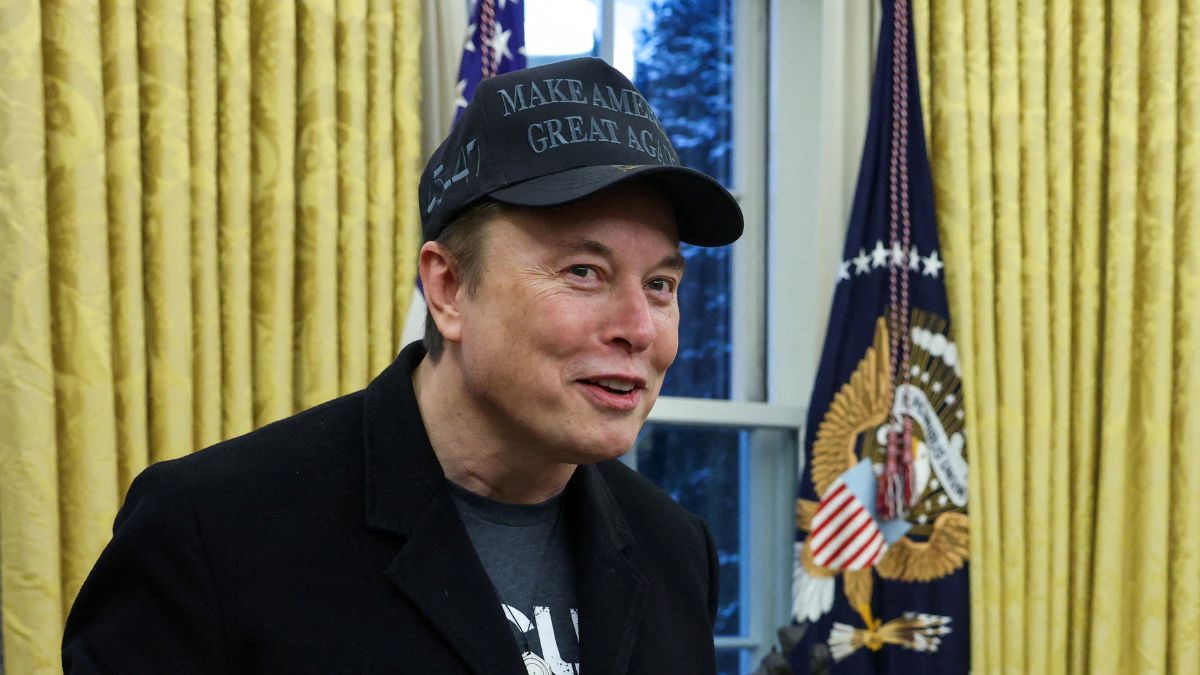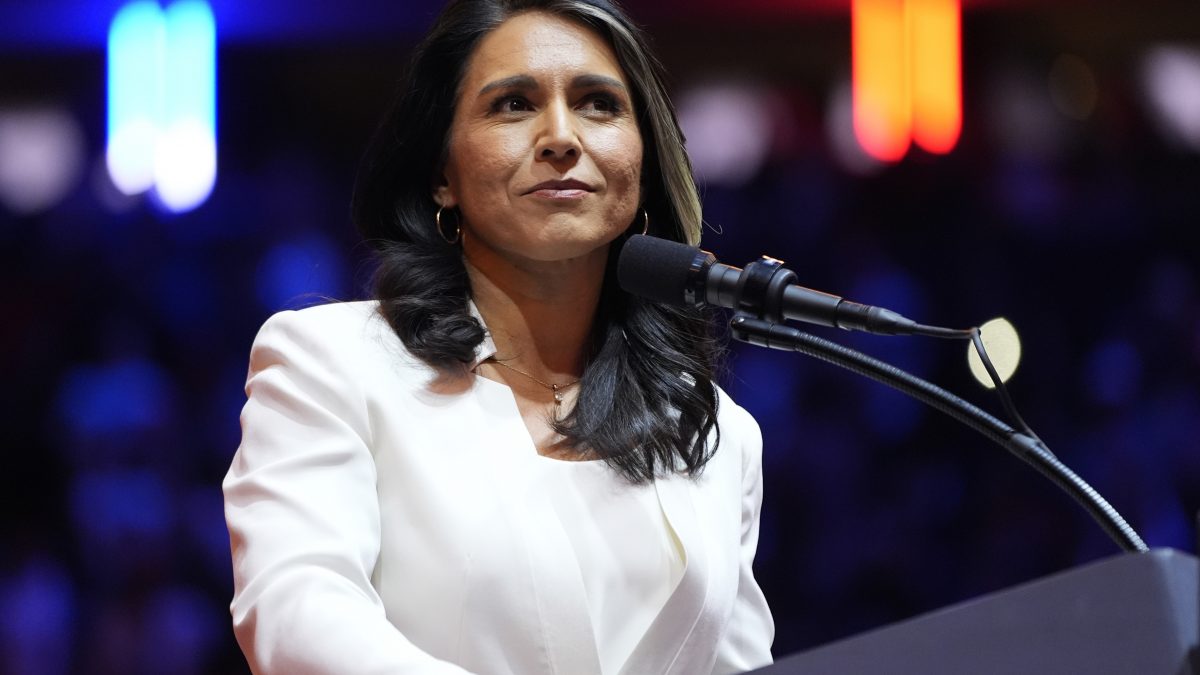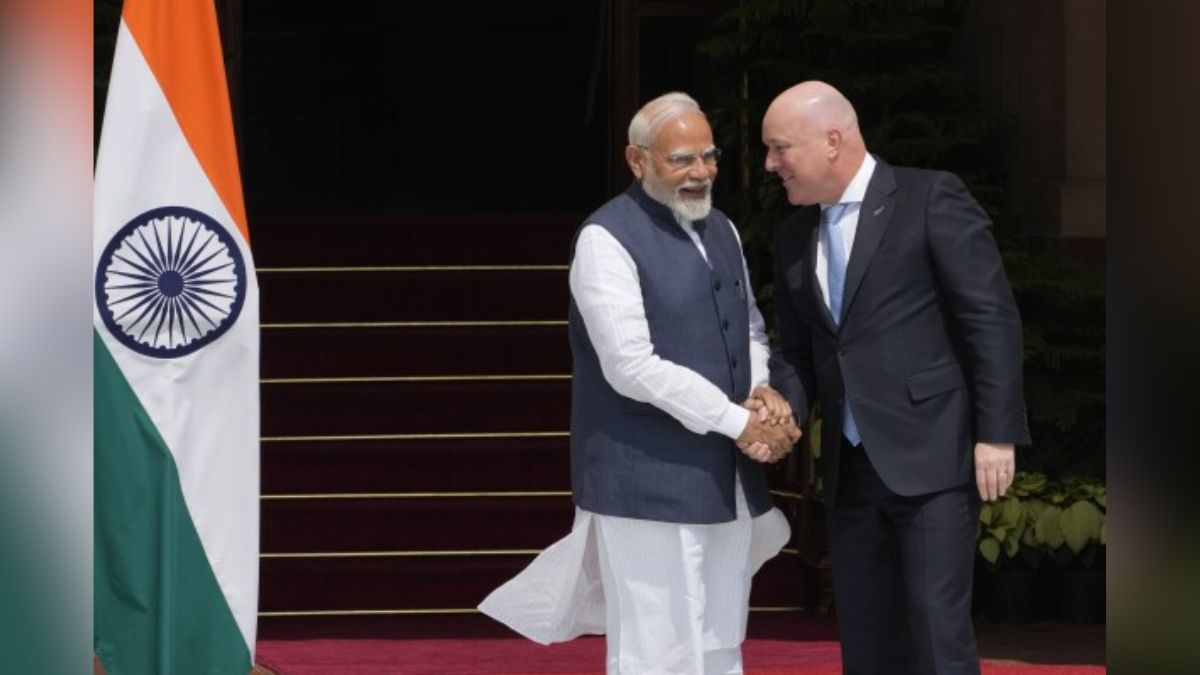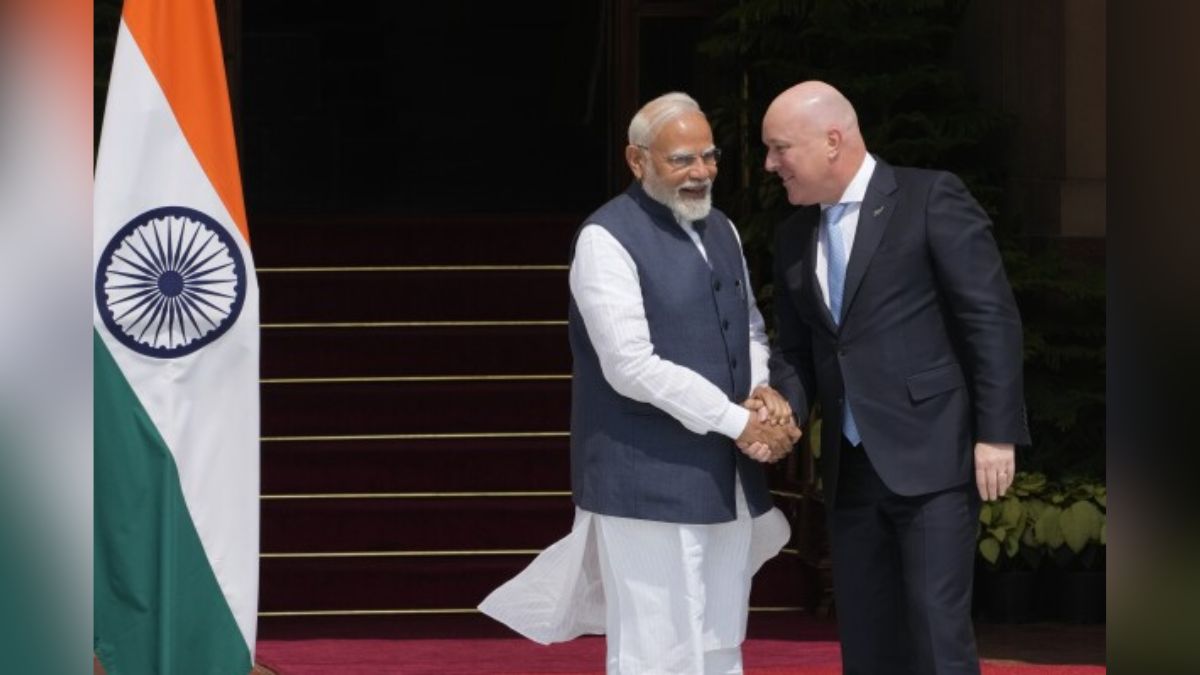United States President Donald Trump has signalled a shift in the role of billionaire advisor Elon Musk, instructing his Cabinet secretaries that they — not Musk or his Department of Government Efficiency (Doge) — have the final say over staffing and policy decisions.
The directive follows growing legal and political scrutiny over Musk’s influence in the administration, particularly as Doge has enacted sweeping job cuts and cost-reduction measures across the federal government.
At a closed-door meeting with agency heads, which Musk also attended, Trump made it clear that ultimate authority over government operations lies with Cabinet members.
The US president clarified that while Musk and Doge can make recommendations, they cannot make unilateral decisions regarding personnel or policy.
“I don’t want to see a big cut where a lot of good people are cut. I want the Cabinet members to keep the good people, and the people that aren’t doing a good job, that are unreliable, don’t show up to work — those people can be cut,” Trump told reporters in the Oval Office following the meeting.
Despite the directive, Trump added that if Cabinet officials fail to implement sufficient cuts, Musk will step in. “If they can cut, it’s better. And if they don’t cut, then Elon will do the cutting,” Trump stated, suggesting Musk’s role in federal workforce reductions is not entirely diminished.
What’s the backlash over Musk’s Doge role?
The decision to clarify Musk’s standing comes amid a wave of legal challenges against Doge’s actions. Several lawsuits argue that Doge’s mass layoffs and spending cuts were unlawful, with some claiming Musk has wielded unchecked power over federal agencies.
The administration has attempted to downplay Musk’s authority in court, arguing he is merely an advisor with “no greater authority than other senior White House advisors” and cannot “make government decisions himself.”
However, conflicting statements from Trump — such as his declaration in a joint session of Congress that Doge is “headed by Elon Musk” — have complicated the administration’s legal defence.
Senate Majority Leader John Thune (R-S.D.) echoed concerns over Musk’s influence, telling CNN that while Musk’s objectives are understandable, “agency leaders are probably better attuned to the individual programmes.”
Adding to the controversy, the White House has struggled to clearly define Doge’s leadership structure. In court, administration officials initially could not name Doge’s administrator, eventually appointing Amy Gleason to the role after facing repeated questioning.
This lack of clarity has fuelled scepticism among judges, with US District Judge Theodore Chuang remarking that the government’s inability to identify Doge’s leader was “highly suspicious,” reported Lawfare.
What’s the fallout from Musk’s actions at Doge?
Since its inception, Doge has implemented aggressive cost-cutting measures, leading to over 100,000 federal job losses. The department has also dismantled various government programmes, including the US Agency for International Development (USAID) and the Consumer Financial Protection Bureau.
In some cases, agencies were forced to rehire critical personnel after discovering the cuts disrupted essential functions, such as nuclear security and bird flu research.
Musk, a vocal proponent of reducing government inefficiency, has made no secret of his approach. At the Conservative Political Action Conference last month, he took the stage wielding a chainsaw — an apparent symbol of his mission to slash government spending.
However, the blunt-force nature of Doge’s actions has drawn criticism from lawmakers and federal employees alike.
One of the most controversial incidents involved Musk emailing all federal workers, demanding they submit a list of their accomplishments for the week. He warned that failure to respond would be interpreted as a resignation.
The directive caused mass confusion, with some agencies instructing employees to comply while others dismissed it as an overreach. Reports later surfaced that top White House aides were working to manage tensions between Musk and department officials in the wake of the email.
Has there been a shift in Trump and Musk’s relationship?
Trump’s recent directive marks a rare public instance of the president appearing to curb Musk’s influence. Just last week, Trump allowed Musk to lead a monologue about Doge at a full Cabinet meeting, later asking, “Is anybody unhappy with Elon?” — a question that was met with scattered laughter.
However, the president’s latest move suggests growing recognition of the backlash Musk’s aggressive approach has triggered. Trump posted on Truth Social after the meeting, reiterating his stance that while cutting excess government spending remains a priority, a more precise approach is needed.
“As the Secretaries learn about, and understand, the people working for the various Departments, they can be very precise as to who will remain, and who will go,” he wrote. “We say the ‘scalpel’ rather than the ‘hatchet.’ The combination of them, Elon, DOGE, and other great people will be able to do things at a historic level.”
Despite the adjustment in Musk’s role, the billionaire remains a central figure in the administration’s cost-cutting strategy. Following the Cabinet meeting, Musk retweeted Trump’s post, calling it a “very productive meeting.”
Very productive meeting pic.twitter.com/RrMYb3CGh5
— Elon Musk (@elonmusk) March 6, 2025
He also met separately with Republican lawmakers, where he pledged to improve communication with Congress about Doge’s initiatives and even shared his personal cell phone number with members.
With lawsuits against Doge mounting, Trump’s directive could serve as a legal shield for the administration, reinforcing the argument that Musk does not hold decision-making power. However, the lingering ambiguity over Musk’s actual influence leaves room for continued scrutiny and political debate.
With inputs from agencies


)
)
)
)
)
)
)
)
)



